The content of the article
Today, the Internet is a huge pile of information. The pile is so large that it is difficult to separate one-time tips from really important and competent recommendations. Recently, from all the pages of numerous sites and social networks, people recommend brushing their teeth with baking soda. They claim that it gives the desired whiteness and cleanliness of the tooth surface. However, not everything is so simple. Soda really disinfects and cleans teeth, but it can be dangerous. Today we’ll talk about baking soda and its effect on teeth, consider the possible harm of using this product, and also get acquainted with safe methods of brushing your teeth with soda.
Useful properties of baking soda
There is baking soda in almost every home; it is used in cosmetology, traditional medicine, as a household cleaning product, and in cooking - the list goes on and on. Sodium bicarbonate perfectly eats away various impurities; it is not for nothing that soda is used to whiten bathtubs and clean gold jewelry. Soda also copes with plaque just as easily. In some third world countries, baking soda is used instead of toothpaste. What explains this replacement?
- Soda breaks down the dirt quite quickly, just a few minutes after the start of cleaning, the smile begins to shine.
- Soda can remove even old gray and yellow deposits.
- Small abrasive particles of soda powder remove even the most stagnant plaque, qualitatively cleaning hard-to-reach areas between the teeth.
- Baking soda can be used as an antiseptic - it inhibits the development of various inflammations, diseases of the gums and oral mucosa.
- Soda fights against painful microorganisms, due to which it eliminates bad breath and freshens the breath.
- Soda is an alkali that neutralizes acids that contribute to tooth decay. We can say that soda cleansing is the prevention of caries.
- In tandem with other ingredients (hydrogen peroxide, lemon juice), baking soda has an even more pronounced effect of tooth whitening.
Soda is absolutely safe and does not cause any adverse reactions if ingested. Unlike other professional bleaching agents, soda cleaning has a great advantage - the cost of the procedure is negligible, moreover, it can be carried out at any time and in any place. But why is everyone repeating the dangers of baking soda? Why is it not added to toothpastes everywhere? Because this product has its drawbacks, which you must know about.
How soda harms tooth enamel
Let's talk about the main negative factors for brushing your teeth with baking soda.
- The biggest drawback is the presence in the powder of all the same abrasive particles that simply scratch the tooth enamel. Subsequently, pathogenic bacteria get stuck in these scratches, caries begins to develop there, and the natural protection of the tooth is disrupted. With regular use, tooth enamel is completely destroyed, erosion forms on its surface.
- Due to the destruction of enamel, tooth sensitivity is enhanced. After such manipulations, they begin to react sharply to sweet, hot, cold.
- As a rule, the achieved whitening effect does not last long, if you do not constantly brush your teeth with soda, they will turn gray again after a few days. Continuous cleaning, unfortunately, is also not possible due to the reasons described above.
- Pregnant and lactating women, patients with gastrointestinal tract disease are not allowed to use soda.
- Soda is a fairly aggressive substance that not only thins tooth enamel, but also affects the gums. With regular use, the gums begin to bleed, become painful, swollen and inflamed.
- Some people have an allergic reaction to baking soda powder, which is manifested by a rash on the oral mucosa.
All these shortcomings of soda indicate that this is not such a harmless substance. Answering the question whether it is possible to brush your teeth with baking soda, we answer - it is possible. But this must be done correctly and with acceptable regularity.
How to brush your teeth with baking soda
If you still decide to brush or whiten your teeth with baking soda, we will tell you about a safe way to do this.
- For cleaning, you need a brush with soft bristles. This is very important because hard bristles press the powder too hard on the tooth enamel and cause scratches.
- Dampen the brush in clean boiled water, dip soda into the powder and carefully brush your teeth without creating excessive pressure. Thoroughly brush the front and back teeth.
- Be sure to rinse your mouth after brushing your teeth, make sure that the remaining powder does not get stuck in the interdental space.
- There is another, whiter and safer way to brush your teeth with baking soda. Dissolve a teaspoon of soda in 100 ml of water, moisten a cotton pad in the solution and wipe the tooth surface with it. Since all particles of soda have already dissolved in water, they will not scratch the enamel.
- To obtain the whitening effect, you can moisten the brush with hydrogen peroxide, sprinkle with soda and immediately start cleaning. During cleaning, hissing will begin - this is normal. It indicates the formation of active oxygen, which gives such a powerful whitening effect.
- Teeth can be whitened with lemon juice. Mix it with baking soda and brush your teeth with this pulp.
You can brush your teeth with soda no more than two to three times a month. This is a safe maximum that should not be exceeded. In other cases, you can use a soda solution.
A beautiful and snow-white smile is the dream of many people of different sex and age. If you want to whiten your teeth with baking soda, you need to take into account the properties of this product and carry out the procedure correctly. And then soda whitening will give you only benefit. Be smiling and charming - beauty does not require sacrifice, it requires attention!
Video: teeth whitening and caries prevention soda


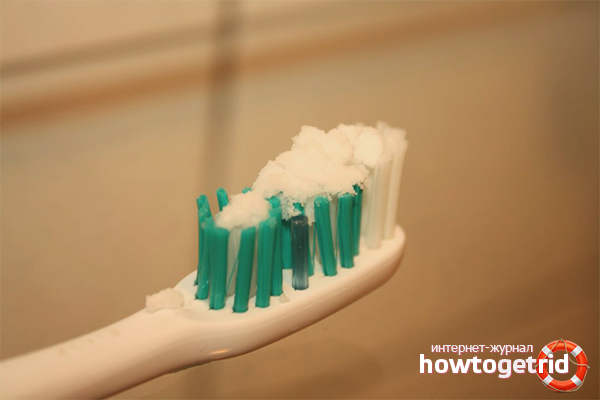


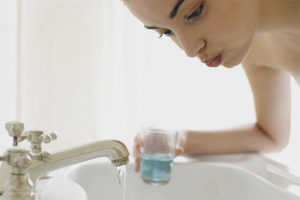
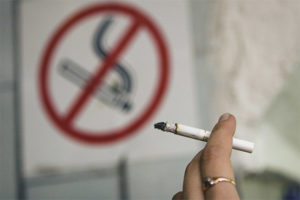


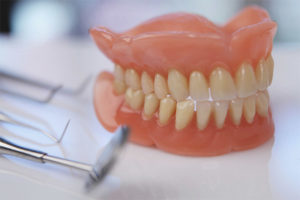

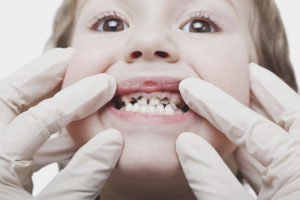
Submit